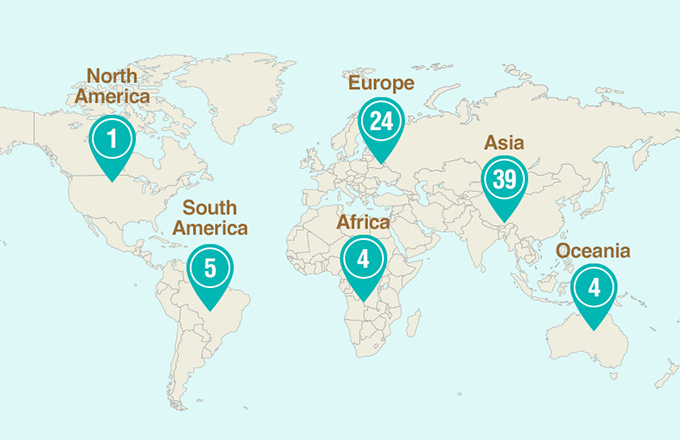Asset quality begins to brighten
BEIJING - Chinese listed banks' nonperforming loans or NPLs in 2016 remained a concern, and they sought to tackle them through a variety of methods, according to a report of PricewaterhouseCoopers.
The report analyzed the 2016 annual reports of 27 A-share and H-share listed lenders-six large commercial banks, seven joint-stock commercial banks, nine city commercial banks and five rural commercial banks.
According to the report, the NPL ratio increased to an average of 1.67 percent at the year-end, while the ratio in 2015 was 1.61 percent. NPLs 1.15 trillion yuan were up 16.8 percent year-on-year.
To tackle NPLs and get credit risk under control, banks resorted to restructuring of troubled debtor industries, write-offs and transfers. Write-offs and transfers reached 515.3 billion yuan in 2016, up 26 percent year-on-year.
The overall bad debt scenario is stabilizing because restructuring among industries suffering from overcapacity has improved credit quality, said Li Shanshan at BOCOM International Holdings Co.
In a sign that Chinese companies' ability to repay debt has picked up, the average NPL ratio among the country's banks dropped to 1.74 percent at the end of March from a seven-year high of 1.76 percent in September, China Banking Regulatory Commission data showed.
The NPL ratio of Industrial and Commercial Bank of China, the world's largest lender by assets, fell to 1.59 percent as of March 31 from 1.62 percent three months earlier. The bank's bad-loan coverage ratio improved to 141.5 percent from 136.7 percent at the end of last year, below the regulatory minimum of 150 percent.
CHINA DAILY AND BLOOMBERG



















